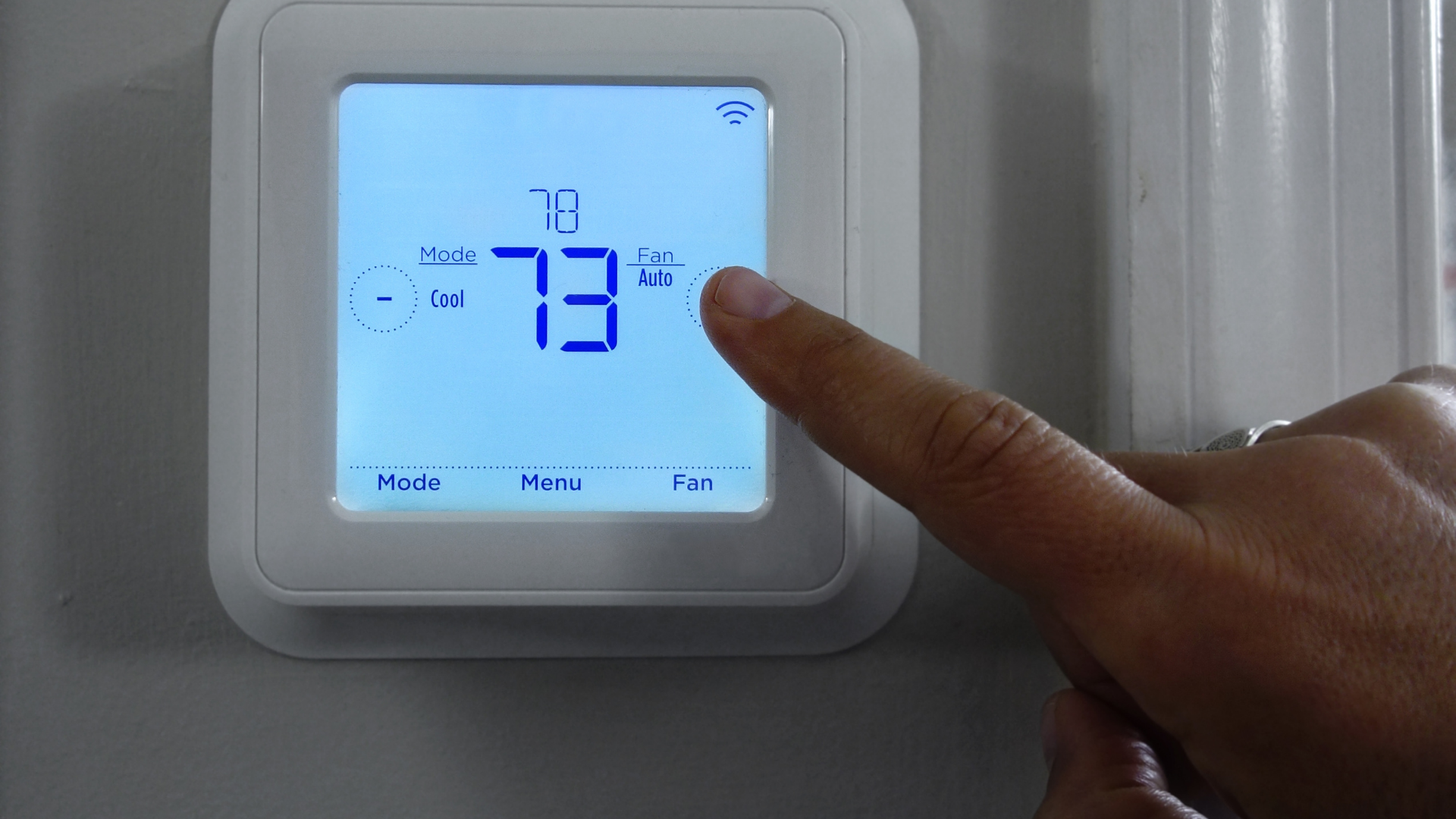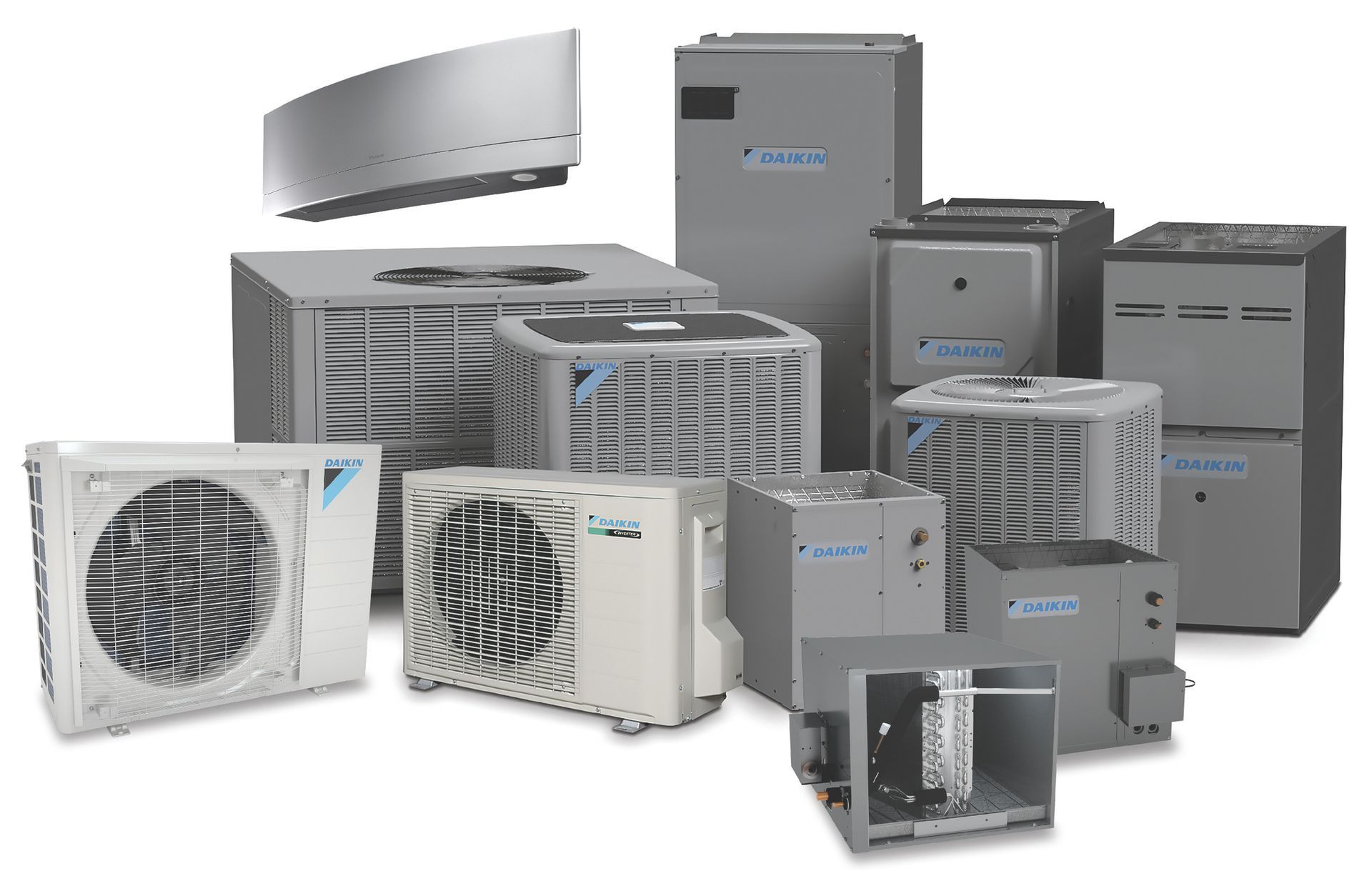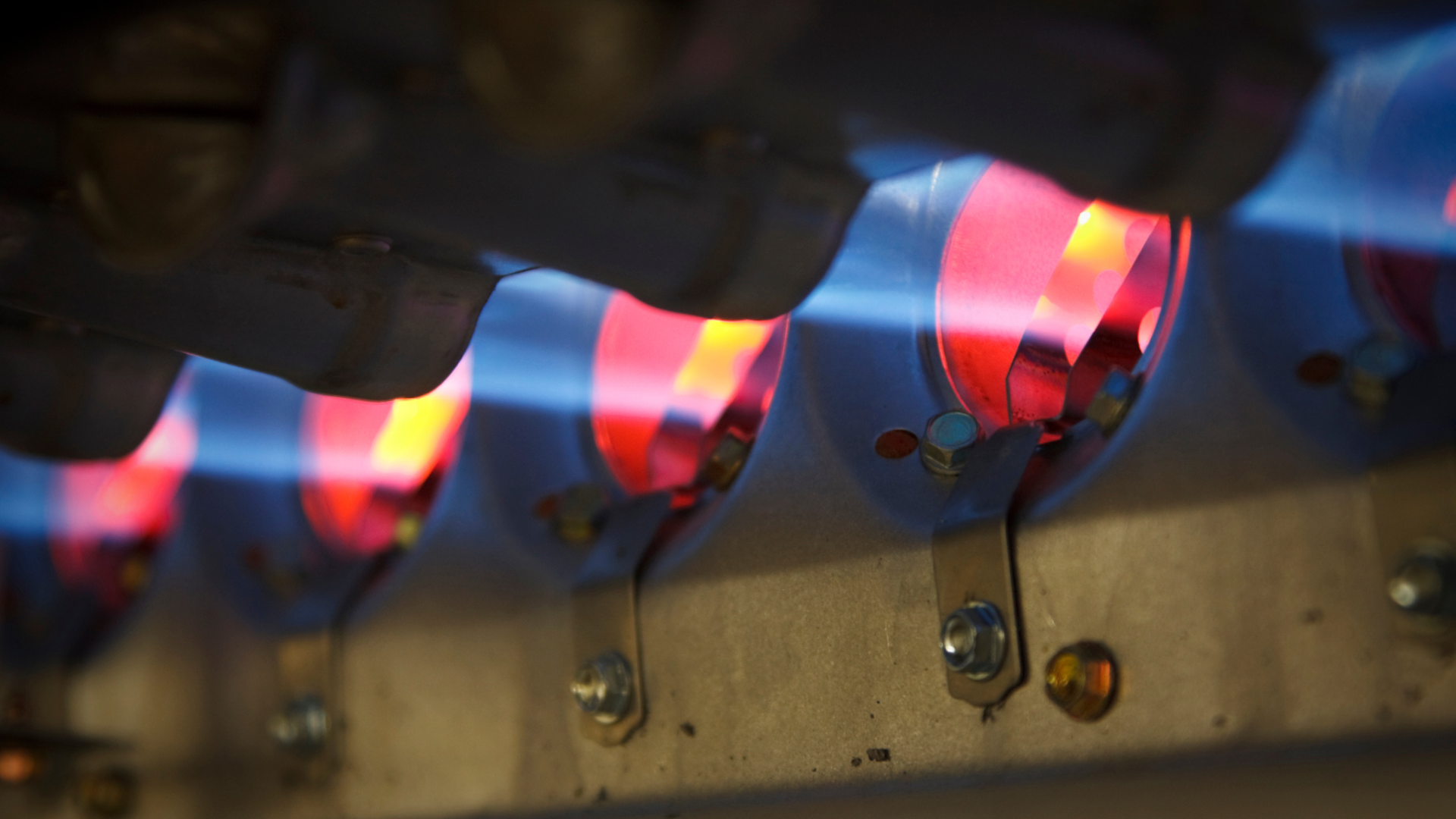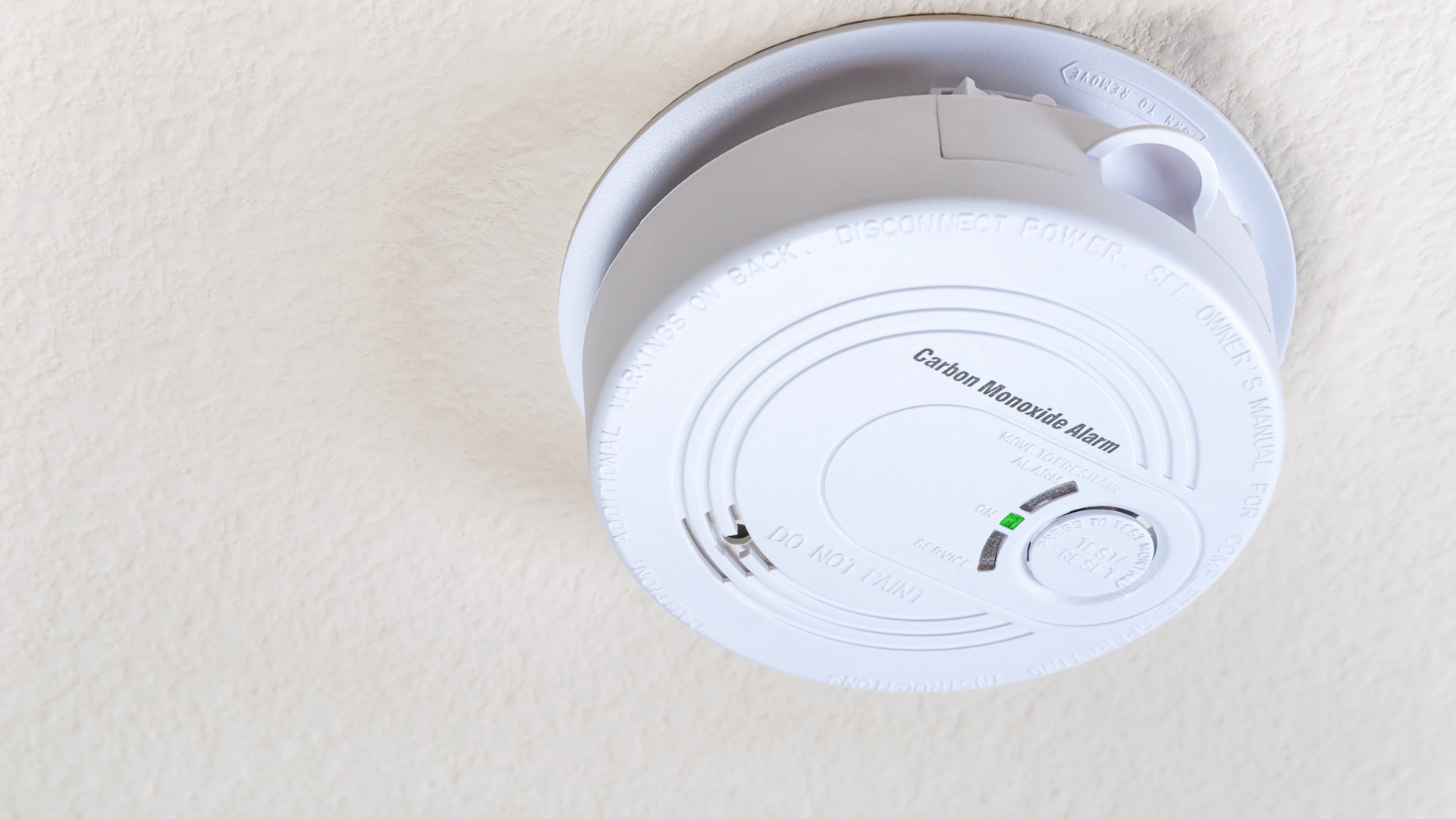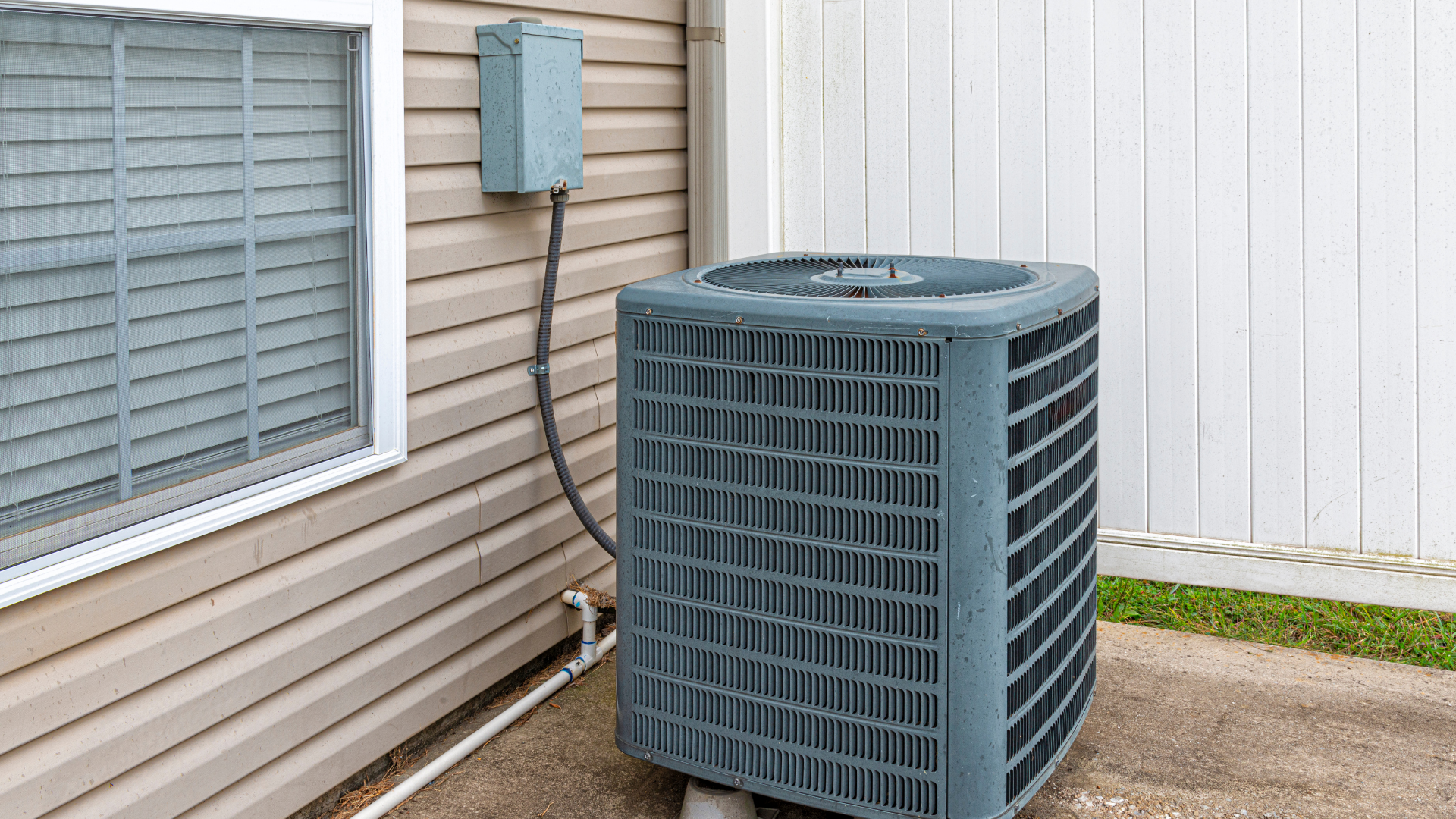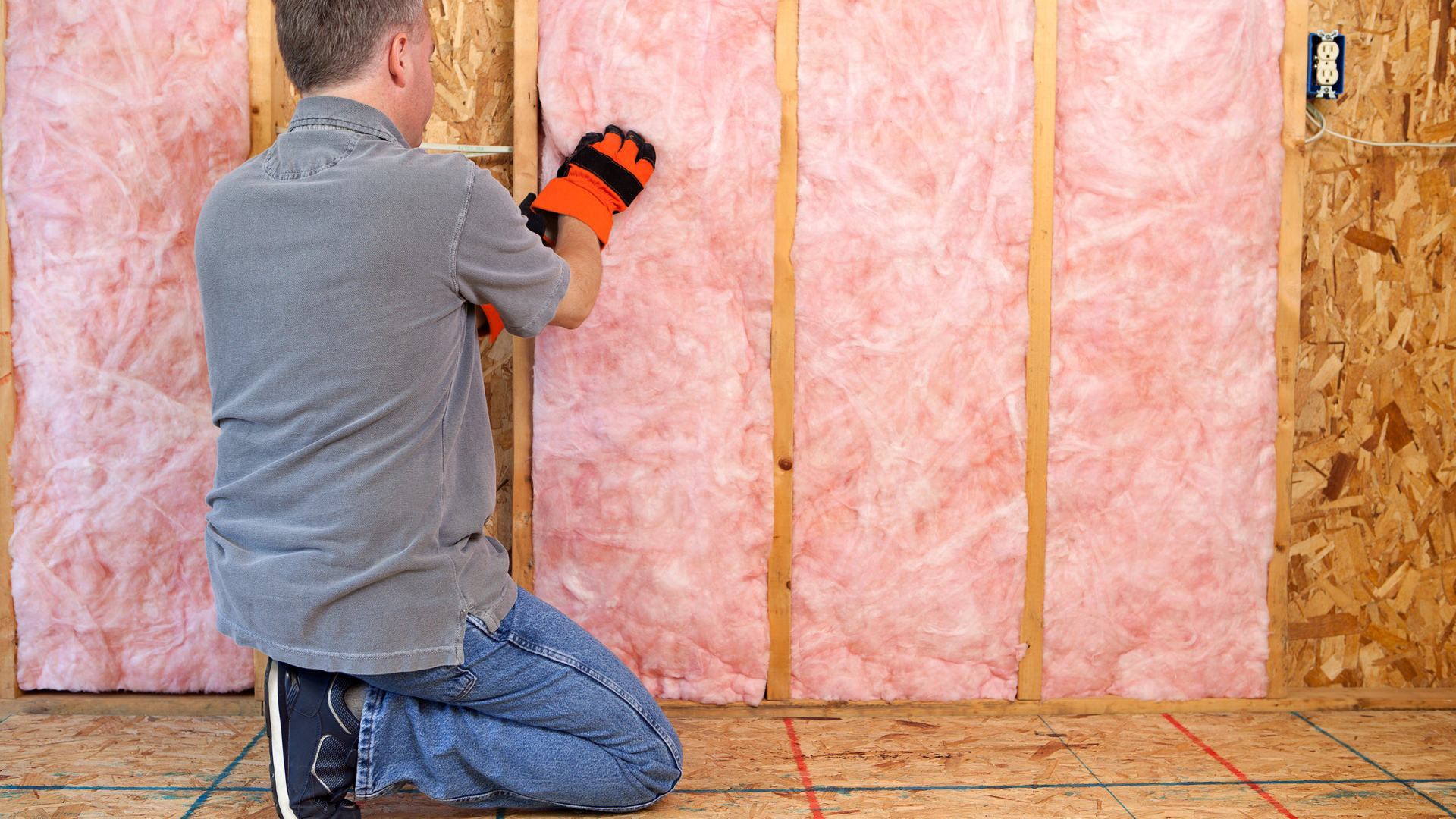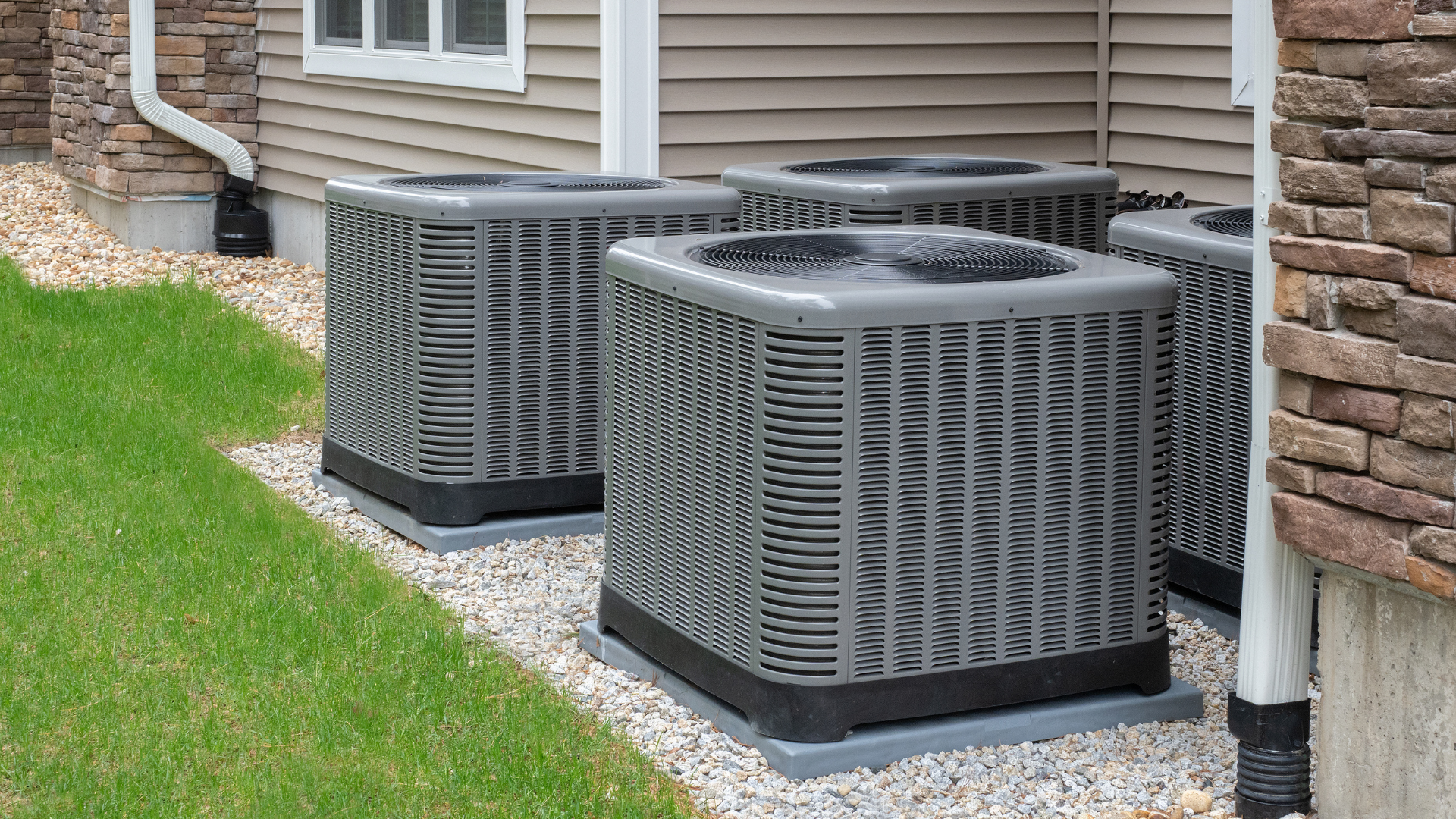What to Look For When Buying a Carbon Monoxide Detector
The Silent Threat: What to Look For When Buying a Carbon Monoxide Detector
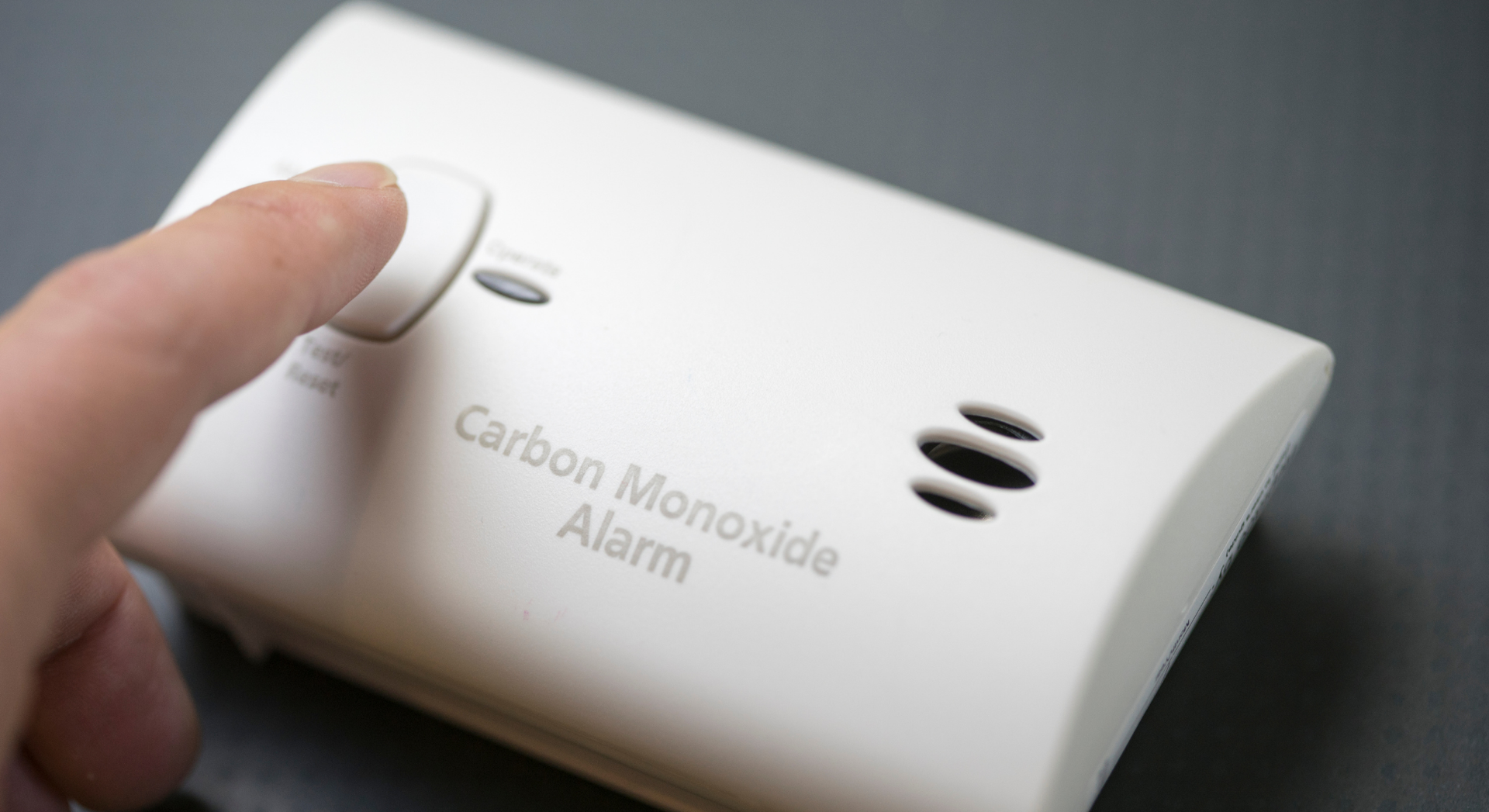
Carbon monoxide (CO) is often called the "silent killer" for a terrifying reason: it's an invisible, odorless, and tasteless gas that can be fatal. For homeowners, installing a CO detector isn't just a recommendation—it's a critical, life-saving step in home maintenance.
When you start shopping, you’ll quickly realize there's more than one type of detector on the shelf. Here’s a guide to what homeowners need to know before making a purchase, covering importance, lifespan, and the crucial difference between standard and low-level CO detectors.
Why a CO Detector is Non-Negotiable
Carbon monoxide is a by-product of incomplete combustion from fuel-burning appliances. In your home, this includes your furnace, gas stove, water heater, fireplace, and vehicles idling in an attached garage.
When inhaled, CO binds to the hemoglobin in your bloodstream much more easily than oxygen. This effectively starves your vital organs and tissues of the oxygen they need to function, leading to carbon monoxide poisoning. Symptoms often mimic the flu—headache, dizziness, and nausea—which is why people often don't realize the danger until it's too late. A functioning CO detector is the only way to get a warning that this deadly gas is present.
How Long Do CO Detectors Last? (The Expiration Date You Can’t Ignore)
Unlike smoke alarms, which may last a decade, CO detectors have a more limited lifespan due to the sensitive nature of the electrochemical sensor inside.
- Typical Lifespan: Most CO detectors, including standard residential models, need to be replaced every 5 to 7 years.
- Maximum Lifespan: Some premium models are designed to last up to 10 years.
Do not assume your detector is working because the battery is fresh. The sensor itself degrades over time. Many modern alarms are mandated to include an "end-of-life" warning—a specific pattern of beeps (often every 30 seconds) or a digital message (like "END" or "ERR")—that tells you the entire unit must be replaced, regardless of the battery status.
Standard vs. Low-Level CO Detectors: The Crucial Difference
When you shop at a major retailer like Walmart or a local hardware store, you'll primarily find Standard Residential CO Detectors. These alarms are certified to the UL 2034 standard, which focuses on preventing acute, life-threatening CO poisoning.
Standard CO Detectors:
- Alarm Threshold: Alarms at 70 parts per million (ppm) of CO, but only after continuous exposure for 60 to 240 minutes (1 to 4 hours).
- Purpose: Designed to prevent a lethal dose of CO exposure.
- Price Point: Generally range from $30 to $100 for basic models, increasing for combo units (smoke/CO) or smart alarms.
Low-Level CO Detectors
Low-level detectors are a specialized category designed to alert occupants to much smaller, chronic levels of CO that a standard alarm would ignore.
- Alarm Threshold: Can alarm at levels as low as 25 ppm after just 60 seconds (1 minute) of exposure.
- Purpose: Designed to detect chronic, low-level exposure which can cause health issues over time, particularly for sensitive groups like the elderly, infants, pregnant women, and people with respiratory or heart conditions.
- Price Point: Due to their specialized sensors and lower production quantities, they are significantly more expensive, typically costing $100 to over $200.
The main takeaway is that a standard detector is a life-safety device designed to scream when you are in imminent danger, while a low-level detector is a health-monitoring device designed to give you an early warning before those low levels cause long-term harm or acute symptoms. For the highest level of protection, many home experts suggest installing both types, placing low-level detectors in bedrooms where occupants spend the most continuous time.
Click Another Article to Read More


